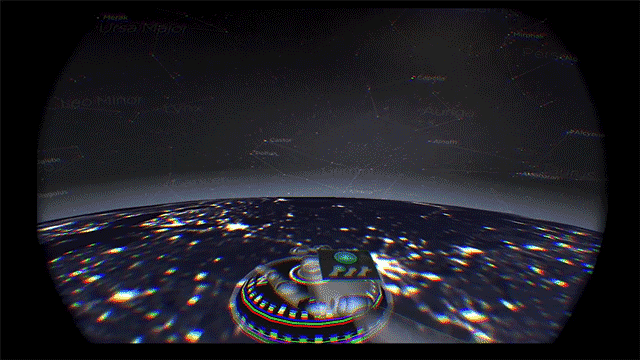The latest version of Widgets is now available through our Unity Core Assets! Version 2.1.0 introduces the Dial Picker Widget and data binding model, along with several performance optimizations.
After you download the latest demo and experiment with Widgets in your own projects, we’d like to get your thoughts as we forge ahead towards a full release. More on that later, but first, here’s what you’ll find in 2.1.0.




